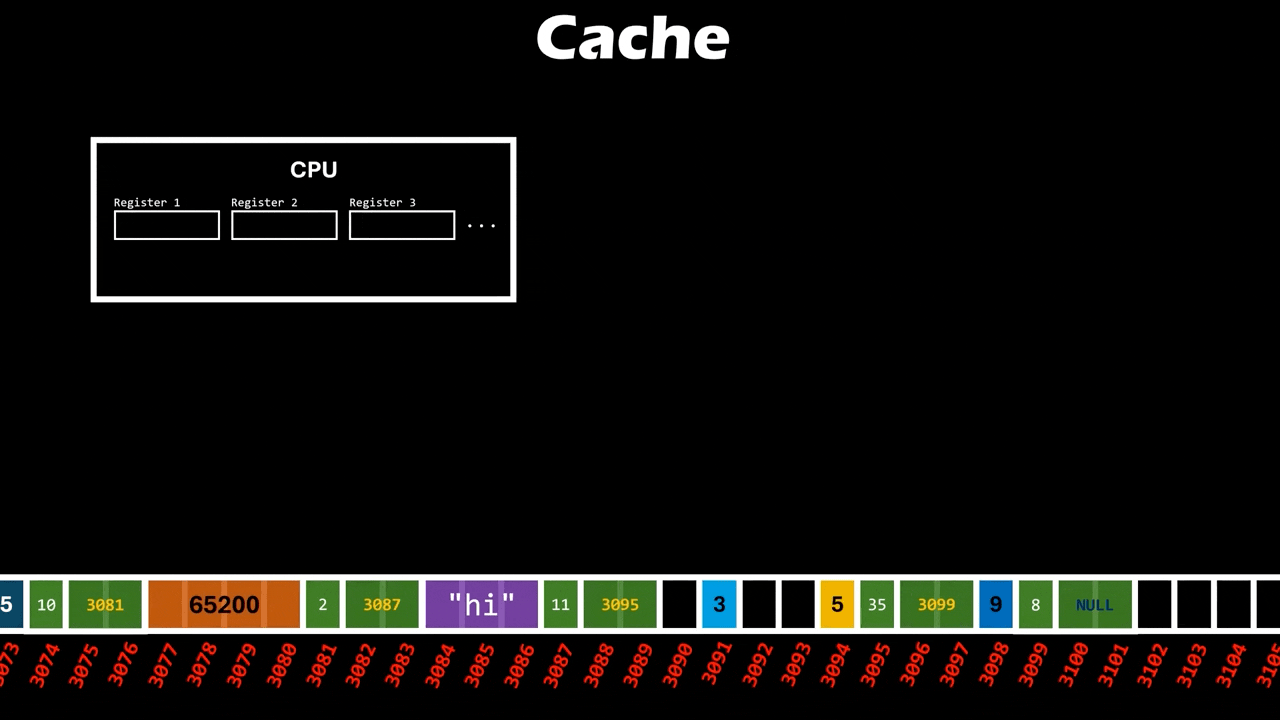Abstract

- Also known as Locality of Reference
- When we obtain an Instruction or Data from main memory, a Cache Line is transferred into the CPU Cache. If we are retrieving the same data or surrounding data, the CPU can obtain it directly from the CPU Cache, which is much faster (10-100 times faster) than accessing main memory
Principle of Locality
A Process (进程) accesses only a small portion of its memory address space within a small time interval. Thus, a small amount of very fast cache memory can provide a great performance boost.
Temporal Locality
- Once an Instruction executed or a piece of data is accessed, the element will be used again soon
Spacial Locality
- Once an Instruction executed or a piece of data is accessed, its neighbours will also be accessed soon
Important
Spacial Locality has a special sub-category called sequential locality, which shines in cases like executing a for loop.
Average Memory Access Time
- Average memory access time = hit rate hit time miss rate miss penalty(time to replace Cache Line + hit time)
- Miss rate is basically hit rate
Example
If the CPU cache hit time is
0.8 nsand the DRAM memory access time is10 ns, the miss penalty is =10.8 ns. To achieve an average memory access time of1 ns, we need a hit rate of .Here’s how we calculate that:
Let be the hit rate. The formula for average memory access time (AMAT) is:
AMAT = (Hit Rate Hit Time) (Miss Rate Miss Penalty)
We want AMAT to be
1 ns. Substituting the known values:
1 ns= (0.8 ns)10.8 ns)Solving for :
Therefore, the required hit rate is or .
Cache Hit
- When CPU Cache needed is in CPU Cache
- Takes about 2 clock cycles
